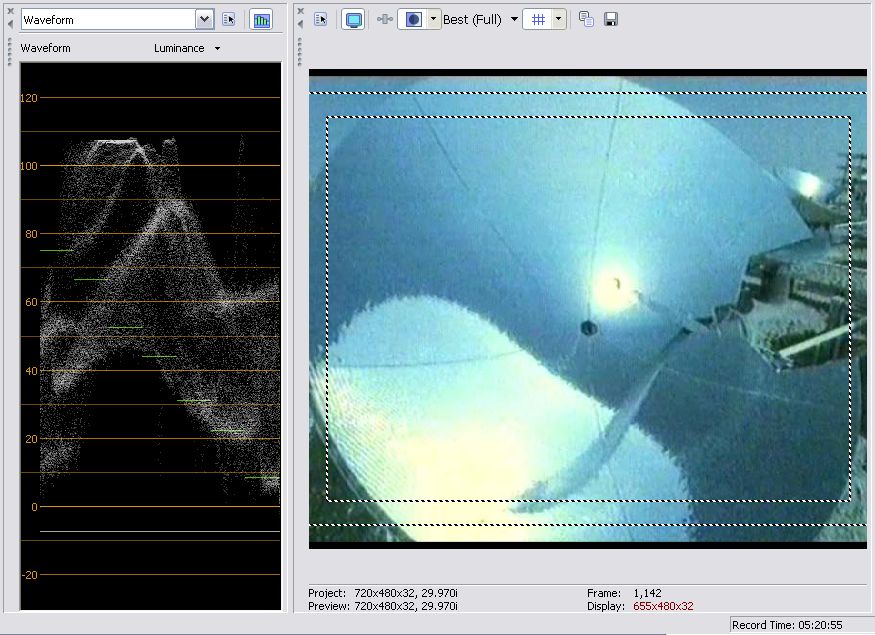

With the audio and sent to the monitor via its antenna terminals. The monitor via a direct-video connection or gets modulated onto an RF carrier When a videocassette is played back, the VCR normally recombines theĬolor and luminance information into a composite-video signal that then goes to This degrades the resolution somewhat, but it's Luminance signal and transposed down to a range of frequencies below those usedįor recording the luminance. The color information is separated from the
#CANOPUS ADVC110 CRAIGSLIET PLUS#
Video signal (Y+C, or luminance plus color) directly, but when home VCR's wereĭeveloped, bandwidth and other limitations forced a different approach, knownĪs "color-under" recording.
#CANOPUS ADVC110 CRAIGSLIET PROFESSIONAL#
Professional videotape recorders and laserdiscs record the composite Horizontal transitions between areas of color.

The "hanging dots" that you may notice from time to time crawling along sharp Loss of resolution or the creation of small, distracting artifacts, such as as Separation is not easy, however, and it almost inevitably results in either a Green, and blue primary colors) in the picture tube.

It together with the luminance (Y) information in the baseband signal toĬontrol the intensities of the beams from the three electron guns (for the red, Black-and-white receivers ignore thisĬolor (C) subchannel, but color sets extract the information it carries and use Necessary information on a subcarrier plopped into the high-frequency end of When color was added to television, it was done by putting the To understand what this is all about, we have to know a little about Hand, is equally applicable to all consumer VCR formats, "super" or otherwise. The single benefit of the S connector, on the other With the bandwidth of the signal recorded on the tape, which the S connectorĭoesn't affect at all.

In truth, S-VHS's single benefit-higher resolution-has to do only Performance improvements associated with S-VHS are somehow tied to the S-videoĬonnectors. The other important misunderstanding is in the idea that the Nearly as well with those as they will with the S-video inputs and outputs. In fact, all VCR's with S connectors also have the usualĬomplement of composite-video and RF inputs and outputs and will perform very That VCR's equipped with S connectors cannot be used except with similarlyĮquipped monitors. Most important among these is the completely erroneous notion Tandem with S-VHS may not have been, since it has led to some great Good idea that has since spread to Hi8 decks and camcorders, its debut in The introduction of Super VHS brought with it a new type of multipin Thanks to my good memory for specific phrases, I was able to find it on the Internet. I'm really excited at the prospect of transferring my most prized laserdiscs to DVD with my Pioneer DVD recorder (with its own built-in hard disc) and also trying to obtain some rare laserdiscs that were never reissued on DVD.Īnyway, whenever anyone mentions S-cables for laserdisc players I remember an article I read a long time ago in "Stereo Review" explaining why they are redundant for this format. The remote control (which may not be original, though it does bear the Pioneer logo) is in Japanese, but the on-screen instructions are in English, so I was able to figure it out. I was on the lookout for another player on the Brazilian equivalent of e-bay and finally got one at a decent price, a neat-looking Pioneer model with a karaoke feature I could do without. The tray was thin and fragile and had to be replaced once (when replacement parts were still available for it). My first laserdisc player was an old Brazilian model with only an on-off button on its front panel and all the remaining buttons on the remote control. This week I finally put to practice my plan of reviving my laserdisc collection.


 0 kommentar(er)
0 kommentar(er)
